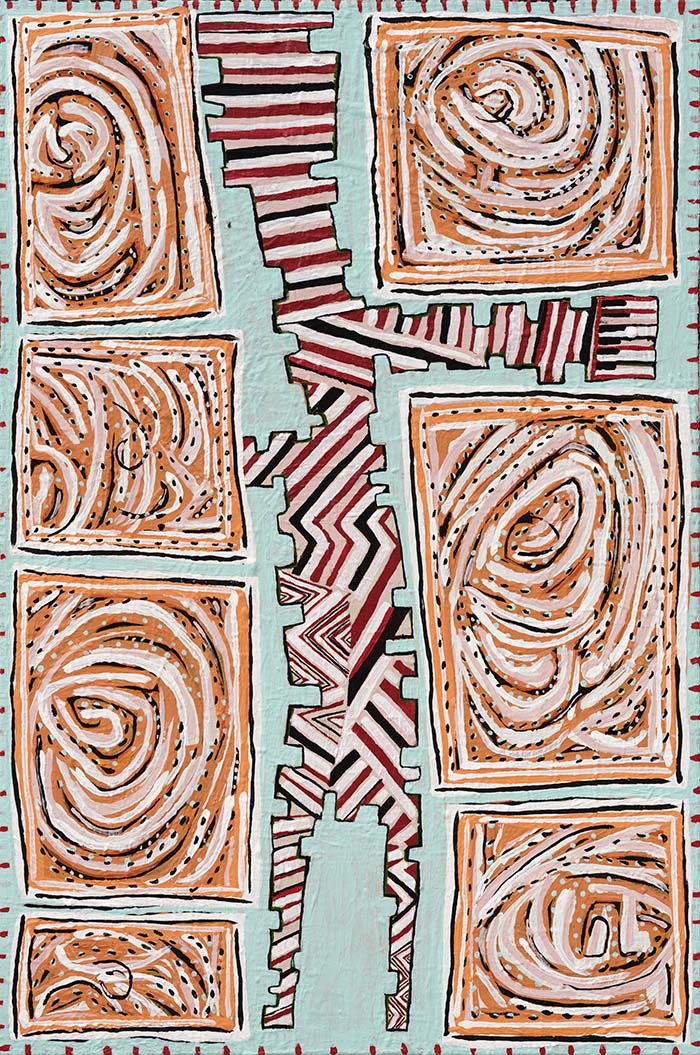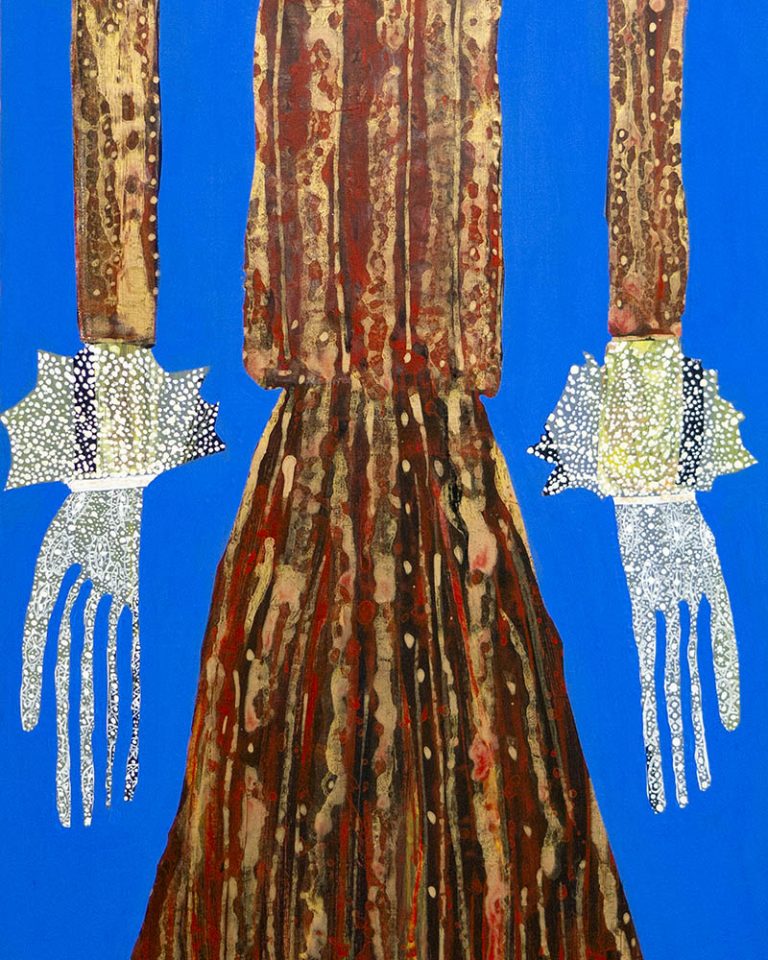by Timothy Chang
A common theme in Lyse Lemieux’s latest works is the presence of strange figures that bare loose resemblance to human beings. In both Hiatus and Tree Figures, the figures stand upright and appear to have bipedal appendages capable of walking. In Sans Titre (Jambes), although the number of appendages grows disproportionately high, the figure nonetheless bares human-like facial features, depicted clearly in profile view. Yet, in all three paintings, the figures are fundamentally non-human. Instead, they appear as fantastical beings akin to mythological creatures.
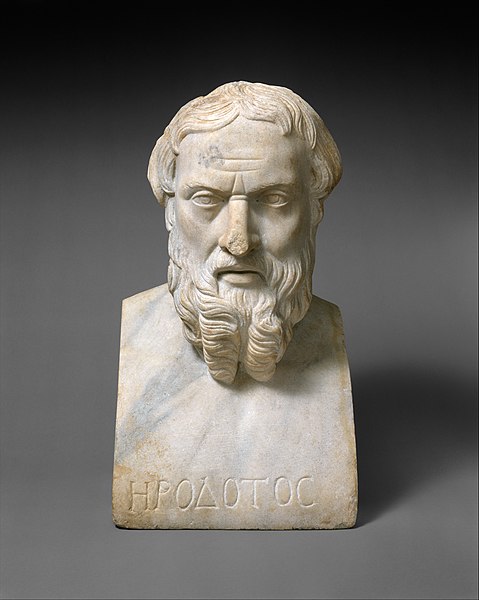
While the portrayal of mythological creatures in art is almost as old as art itself, the practice reached a zenith in ancient Greece, and many interpretations of mythology is based on the study of this period. Fifth-century BCE Greek historian Herodotus believed myths to be distorted accounts of history, where storytellers repeatedly elaborated historical accounts until the figures developed fantastical properties. In other words, it is a case where the artist or artists have taken so much artistic liberty, the original subject departs from reality. Another approach to interpreting mythology is personification, where natural phenomena or abstract concepts such as emotions or beliefs are attributed human form: Apollo representing the sun, and Aphrodite love.
However, whereas in ancient art, mythological creatures are born of folklore shared by a particular group or culture, the fanatical beings in Lyse Lemieux’s art are idiosyncratic to the artist as an individual. Taking the personification approach, we may view the figures in Lemieux’s paintings as representations of the artist’s thoughts and emotions. Like the storytellers of ancient Greece, Lemieux allows her art to transcend her figures into a fantastical realm, where their apparent strangeness captures the spirit and subtle beauty of the artist’s personal experiences. Layered and nuanced, they are carefully fabricated like an ancient myth for the viewer to ponder and decipher.
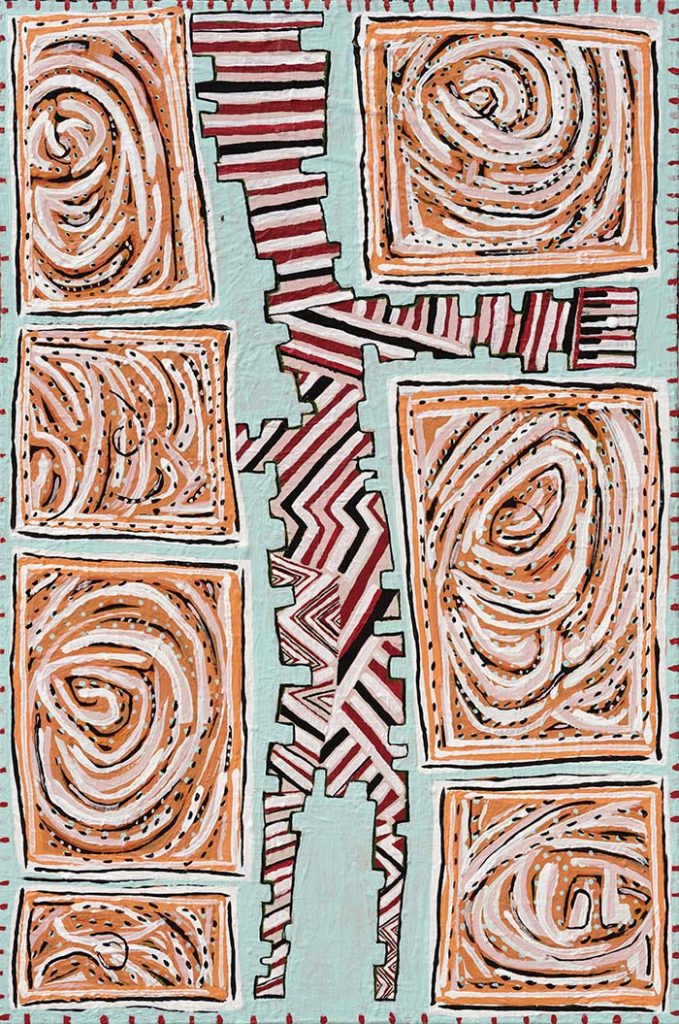
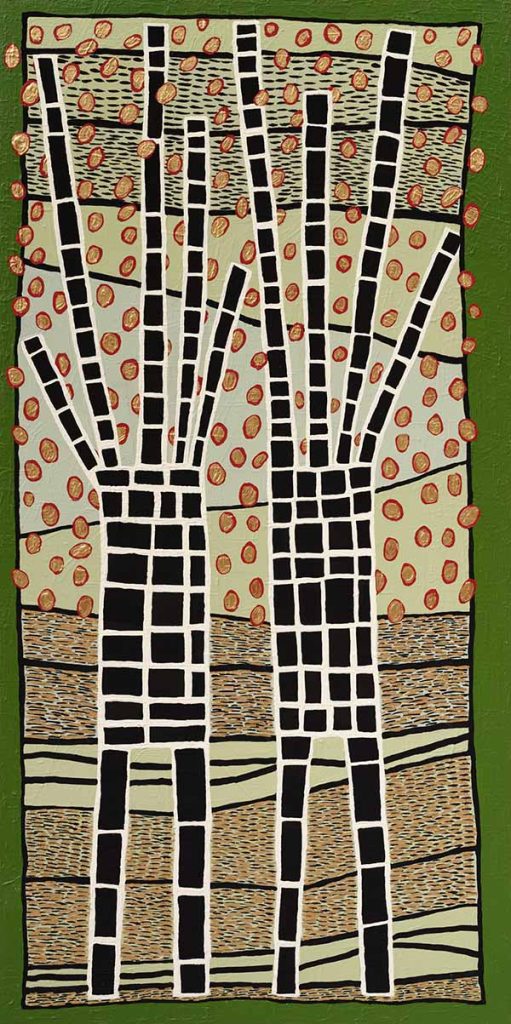
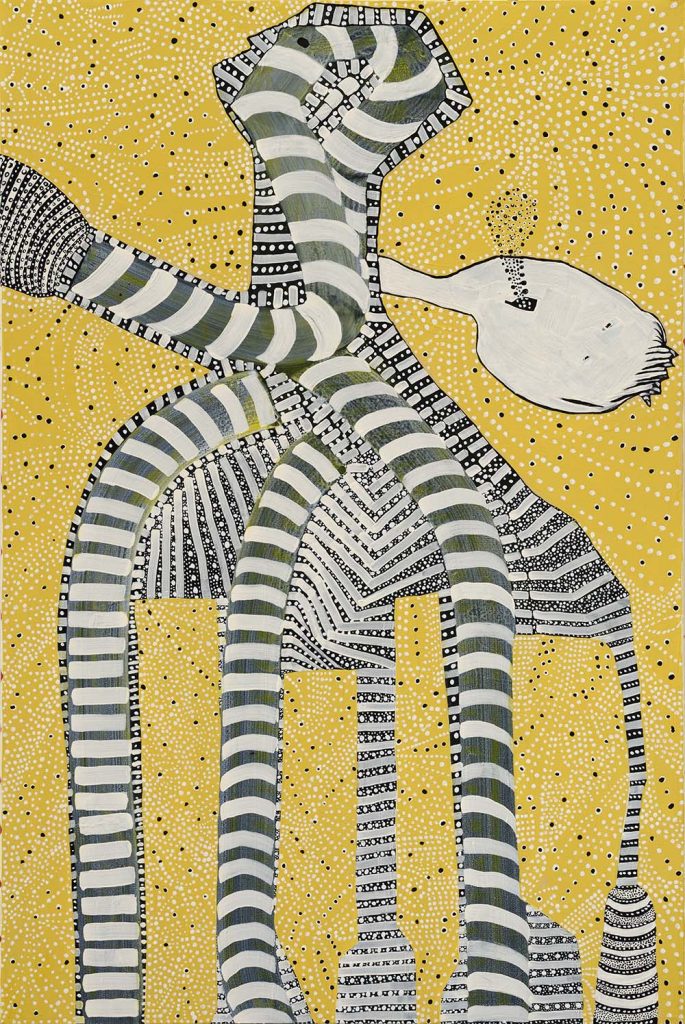
Relatred Journals
Sans Titre (Jambes)
Catalog Entry
What captivates the viewer’s eyes in Lyse Lemieux’s latest works is the apparent strangeness of the image. In Sans Titre (Jambes), a figure is comprised of six or seven leg-like appendages of various shapes and sizes. The top of the figure features a head in profile raised slightly towards the left, while a full face with squinted eyes protrudes jarringly to the right. Although the figure’s anatomy is puzzling, the symbolism provides clear insight into the mind of the artist.
Lyse Lemieux, Sans Titre (Jambes), 2022 © Lyse Lemieux. Photo: Rachel Topham
White Gloves, Gants Blancs
Catalog Entry
Textiles is an on-going theme in the art of Vancouver-based artist Lyse Lemieux, encompassing her painting, sculpture, and installation. The practice of adorning ourselves in textiles is unique to us as human beings and shared globally across cultures. Similarly, clothing gives us a sense of identity and brings individuals together as a group. Yet, clothing is too often used to discriminate and set individuals or groups apart from the other.
Lyse Lemieux, White Gloves, Gants Blancs (detail), 2022 © Lyse Lemieux. Photo: T. Chang

